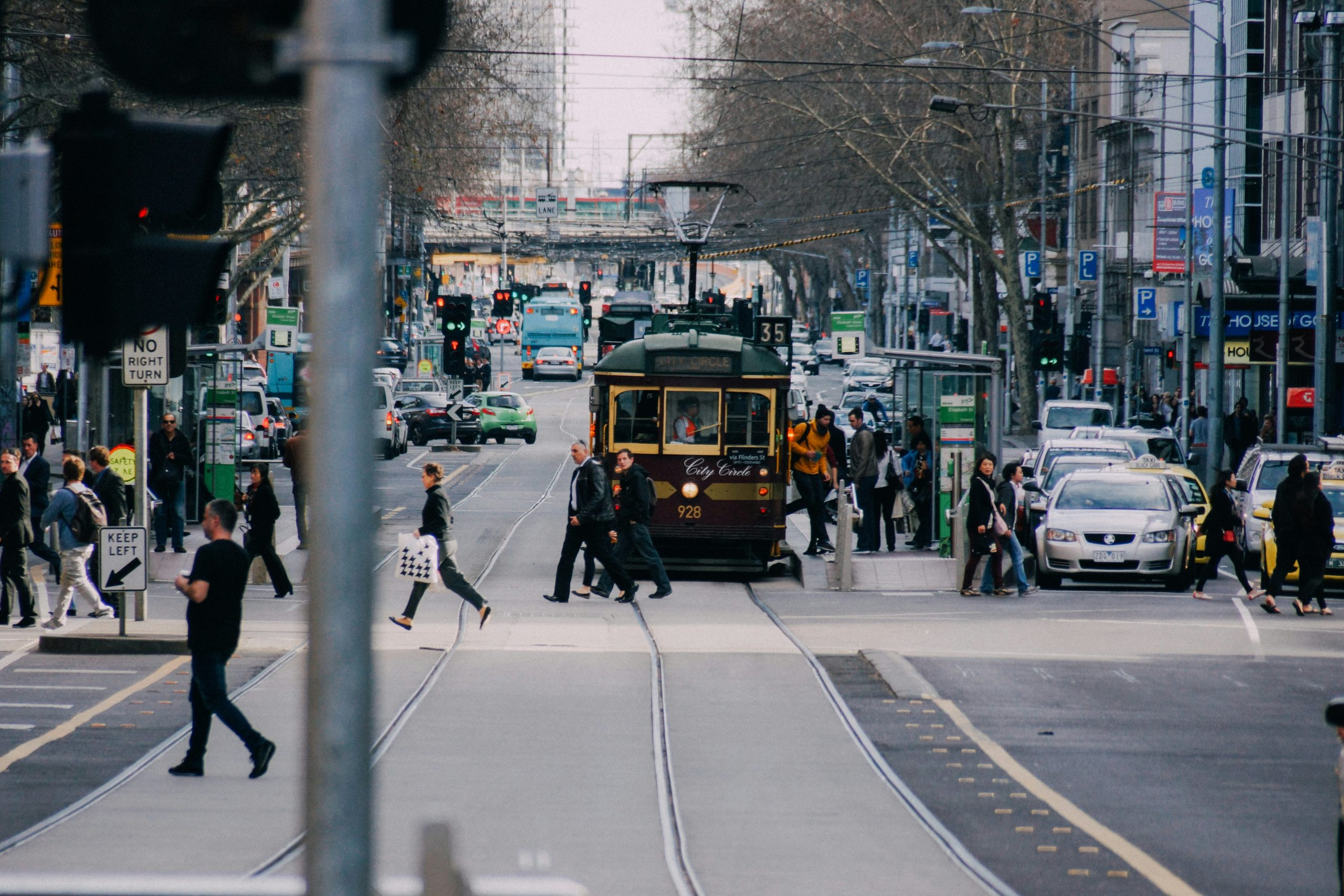How Vehicle-to-Vehicle Communication Will Prevent Accidents
The world of transportation is constantly evolving, and one of the most promising advancements in recent years is vehicle-to-vehicle communication (V2V). This technology allows vehicles to communicate with each other in real-time, exchanging crucial information such as speed, location, and direction. But V2V is not just helping to improve transportation efficiency, it also has the potential to prevent accidents. In this article, we will delve into how V2V communication is revolutionizing road safety and how it will continue to do so in the future.
The Need for V2V Communication
Every year, millions of lives are lost due to road accidents. In fact, according to the World Health Organization, approximately 1.35 million people die annually in road accidents, with another 20-50 million suffering from non-fatal injuries. These accidents not only result in loss of life, but also have a significant impact on the economy due to damage to vehicles and infrastructure, as well as healthcare costs.
But what if there was a way for vehicles to communicate with each other and potentially prevent these accidents from happening in the first place? This is where V2V communication comes into play.
How V2V Communication Works
V2V communication utilizes Dedicated Short Range Communication (DSRC) technology, which allows vehicles to transmit and receive data over short distances, usually within 1000 feet. This data includes information about the vehicle’s speed, direction, and location, as well as other important parameters such as braking and steering status.
The data transmitted by one vehicle can then be received by other vehicles in the vicinity, allowing them to assess potential hazards and take necessary actions to avoid accidents. This two-way communication between vehicles happens in real-time, providing drivers with crucial information that can help prevent collisions.
Reducing Human Error
One of the major causes of road accidents is human error. Whether it is distracted driving, reckless driving, or simply not following traffic rules, human error is responsible for a large portion of accidents. V2V communication helps to reduce this by alerting drivers of potential hazards and providing them with the necessary information to make informed decisions.
For example, if a vehicle up ahead is suddenly braking or a pedestrian is crossing the street, the V2V system will notify other vehicles in the vicinity, allowing them to take necessary evasive actions. This technology essentially turns cars into active safety systems, constantly monitoring and communicating with each other to prevent accidents.
Enhancing Infrastructure-Based Safety Systems
In addition to preventing accidents through direct communication between vehicles, V2V communication also has the potential to enhance existing infrastructure-based safety systems. For instance, V2V data can be integrated with traffic signal systems to optimize traffic flow and prevent accidents at intersections. This can greatly improve transportation efficiency and reduce the risk of accidents, especially in urban areas.
Adapting to Different Road Conditions
Another major benefit of V2V communication is its ability to adapt to different road conditions. Whether it is heavy rain, snow, or fog, V2V systems can still operate effectively and quickly relay important information between vehicles. Since it is not reliant on visual cues, V2V communication can help prevent accidents in challenging weather conditions.
The Future of V2V Communication
The development of V2V communication technology is ongoing, with many major automakers and governments investing in research and development. In fact, the US Department of Transportation has already proposed a rule that will require all new light-duty vehicles to have V2V communication capabilities by 2023.
As technology continues to advance, we can expect to see more advanced V2V systems that not only prevent accidents but also improve overall transportation efficiency. With the rise of autonomous vehicles, V2V communication will also play a crucial role in ensuring their safe operation on the roads.
Conclusion
Vehicle-to-vehicle communication has the potential to greatly improve road safety by facilitating real-time communication between vehicles and reducing human error. It also has the capability to enhance existing infrastructure-based safety systems and adapt to different road conditions. As we continue to see advancements in V2V technology, we can look forward to a future with fewer accidents and safer roads for everyone.










